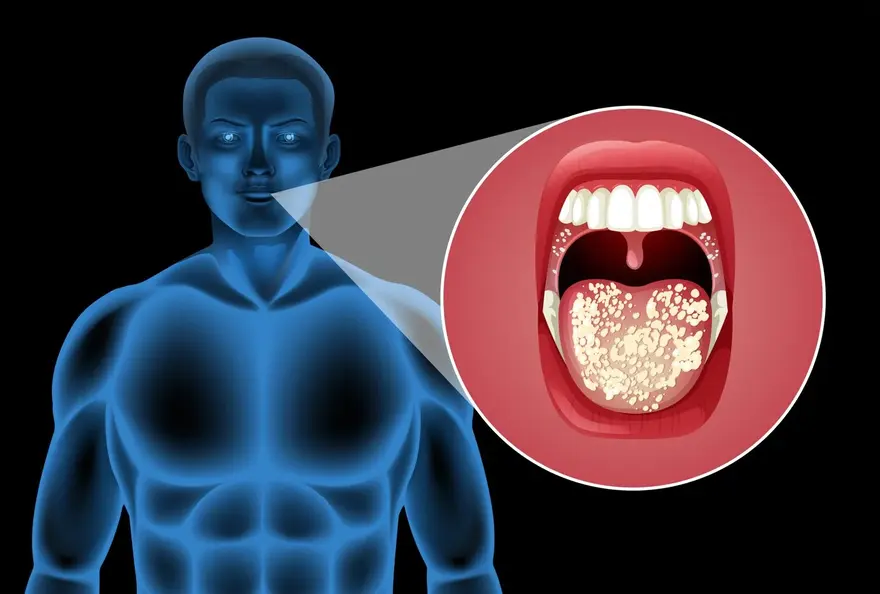Preventive Healthcare
Frozen Shoulder: What It Is, Home Exercises And Treatment Modalities
1987 Views
0

If your shoulder feels stiff, doesn't move, and you feel dull pain which occurs while you try to move your shoulder, there are high chances that you might have a frozen shoulder. The main reason for a frozen shoulder is lack of adequate movement to the joint . It is often seen in patients with fractures, coma, bedridden patients, or people who have had surgery.
How Can You Know If You Have a Frozen Shoulder?
Stiffness and pain are majorly the only criteria for a frozen shoulder. It can further be identified based on what stage it is in. Here are three steps of a frozen shoulder.
- Freezing stage - This is the first stage where the initial stiffening of the shoulder begins. It can last from a few days to a few months. It initially starts as slight shoulder pain, which slowly progresses into restricted movements.
- Frozen stage - This stage usually lasts from four to twelve months. This is the stage where the shoulder has gained maximum stiffness. Patients also experience lesser pain but are unable to move the shoulder. This also hampers their daily activities.
- Thawing stage - This is the last stage of a frozen shoulder. It usually lasts between five to twenty-four months. In the thawing stage, people generally start feeling better and can move and gain control of their shoulders again.
Frozen Shoulder Treatment Modalities
In severe cases of frozen shoulder, treatment options such as therapy and drugs can also be recommended to patients. Here are a few of them -
Medications
Analgesics such as Ibuprofen and Aspirin can be given to help relieve the pain in the shoulders. It can be prescribed with exercises to ensure that the patient can perform the exercises easily at home.
Physiotherapy
It is always recommended to visit a qualified physiotherapist prior to starting with at home exercises. Patients who cannot perform exercises at home can also visit a physiotherapist and perform the exercises at the clinic. They are trained professionals who can help cure frozen shoulders.
Injecting Steroids Into The Shoulder Joint
In severe pain cases, direct steroid injections can be given at the site of the frozen shoulder. This contains corticosteroids which help in releasing pain.
Manipulation of The Joint
A trained professional manipulates and mobilizes your shoulder to relieve pain and release the frozen shoulder.
Removal of Scar Tissue With The Help of a Surgery
Surgery is the last resort to help treat frozen shoulders. It is only advised in incurable cases where the shoulder is opened surgically to remove the scar.
Home Exercises For Frozen Shoulder
Doing exercises for the frozen shoulder is the only treatment. Yes, you can consume analgesics if the pain is too much, but that will not help you with the joint's mobility. Having an exercise regime and going through it properly is essential. It is advised to always warm up your shoulders before exercising. This will not only help in a better outcome but will also help to activate the muscles. Taking a warm water shower or a heat pack can help with this. Here are a few home exercises for frozen shoulders, but should be performed only after consulting a qualified physiotherapist.
The Towel Stretch
If you are looking for frozen shoulder treatments at home, the towel stretch is a good one. Find a towel at home and hold it diagonally across your back with each hand. And then pull your hands away from each other. Practice ten to fifteen times and then switch.
Pendulum Stretch
Rest your good arm's palm on a table. By taking support from this arm, lean forward to hang your frozen shoulder downwards gently. Stretch and rotate your hand. Perform this ten to twenty times a day, in both directions.
Finger Walk
The finger walk is a classic frozen shoulder treatment that one can perform easily. Stand erect in front of a straight plain. It can be a mirror or a wall. Next, start from the bottom and imitate as if your fingers are walking upwards. Continue till you reach your limit and then walk downwards. Do this at least ten times a day.
Table Slides
Go to a table or desk in your home that is at the level of the armpits. Stretch your hands over the table. Better performed in seated position. This will push your upper body in the opposite direction, stretching the arm. Remember to not over-stretch. Do this at least ten times a day.
Cross Body Stretch
Firstly, stand or sit erect. Then stretch both your hands forward. With your working hand, grab the other hand by the elbow and pull it towards yourself, thereby letting the hand move in the other direction of the shoulder. It is recommended to do this stretch fifteen to twenty times a day.
Outward And Inward Rotation
Hold a resistance band or an exercise band in both your arms around the waistline. Keep your healthy arm firm, and start pulling the band in the opposite direction with your other arm. This will help in opening the muscles. For inward rotation, loop one end around a door nob and pull the band towards the inside of the affected arm. Do both these exercises at least twenty times a day.
Conclusion
A frozen shoulder is generally caused due to stiffness in the muscles of the shoulder. It can also result in pain. This is entirely curable if the frozen shoulder treatment is done at the right time. One can quickly cure a frozen shoulder with regular easy, everyday exercises. These exercises will not only help in improving the frozen shoulder but also help in improving the overall body posture. Watch out for the symptoms. If you are experiencing any, begin with home exercises today.























 WhatsApp
WhatsApp